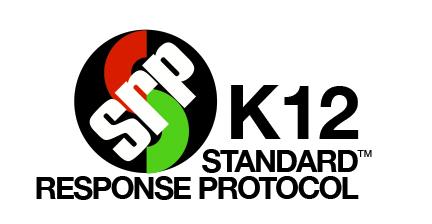- Cypress-Fairbanks Independent School District
- Safety & Security Measures
STANDARD RESPONSE PROTOCOL (SRP)
-

A critical ingredient in the safe school recipe is the uniform classroom response to any incident. Weather events, fires, accidents, intruders and other threats to student safety are scenarios that are planned and trained for by school and district administration and staff. Historically, schools have taken this scenario-based approach to respond to hazards and threats. It's not uncommon to find a stapled sheaf of papers or even a tabbed binder in a teacher's desk that describes a variety of things that might happen and the specific response to each event.
The Standard Response Protocol (SRP) is based not on individual scenarios but on the response to any given situation. Like the Incident Command System (ICS), SRP demands a specific vocabulary but also allows for great flexibility. The premise is simple - there are four specific actions that can be performed during an incident. When communicating these, the action is labeled with a "Term of Art" and is then followed by a "Directive." Execution of the action is performed by active participants, including students, staff, teachers and first responders.
- Hold is followed by "In Your Classroom or Area" and is used when the hallways need to kept clear of occupants and staff.
- Secure is followed by the Directive: "Get Inside. Lock Outside Doors" and is the protocol used to safeguard students and staff within the building.
- Lockdown is followed by "Locks, Lights, Out of Sight" and is the protocol used to secure individual rooms and keep students quiet and in place.
- Evacuate is always followed by a location, and is used to move students and staff from one location to a different location in or out of the building.
- Shelter is always followed by a type and a method and is the protocol for group and self-protection.


